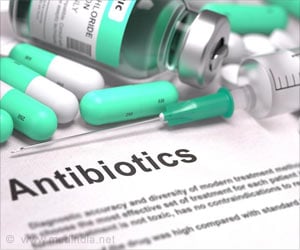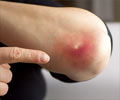Researchers from Florida International University's Herbert Wertheim College of Medicine are part of an international team that has discovered a new broad-spectrum antibiotic that contains arsenic.

‘Antibiotic-resistant pathogens pose the greatest threat to human health and the tools to fight these pathogens are minimal. New natural arsenic-based antibiotic named Arsinothricin could address this problem without killing normal human cells.’
Read More..




"The antibiotic, arsinothricin or AST, is a natural product made by soil bacteria and is effective against many types of bacteria, which is what broad-spectrum means," said Rosen, co-senior author of the study published in the Nature journal, Communications Biology. "Arsinothricin is the first and only known natural arsenic-containing antibiotic, and we have great hopes for it." Read More..
Although it contains arsenic, researchers say they tested AST toxicity on human blood cells and reported that "it doesn't kill human cells in tissue culture."
"People get scared when they hear the word arsenic because it can be a toxin and carcinogen, but the use of arsenicals as antimicrobials and anti-cancer agents is well established," says Rosen. In 1908, Paul Erlich won the Nobel Prize in medicine after finding an arsenic-based cure for syphilis. Arsenicals are still used to treat tropical diseases, preventing infectious diseases in poultry, and as a chemotherapeutic treatment for leukemia.
According to the Centers for Disease Control and Prevention, around two million people in the United States are infected with drug-resistant bacteria every year, killing more than 23,000. The World Health Organization (WHO) has warned that "a growing number of infections - such as pneumonia, tuberculosis, gonorrhea, and salmonellosis - are becoming harder to treat as the antibiotics used to treat them become less effective." WHO recently released a global priority list of antibiotic-resistant pathogens that pose the greatest threat to human health.
"We are running out of tools to fight these diseases. We need a new potent antibiotic to solve this problem," says Yoshinaga, the other co-senior author. "We showed that this new novel arsenic compound can be a potent antibiotic,"
Advertisement
The team is now in the process of patenting its discovery and hopes to work with the pharmaceutical industry to develop the compound into a drug--a long and expensive process that could easily take 10 years. Success is not guaranteed, but the work of these scientists remains extremely important.
Advertisement
Source-Eurekalert












